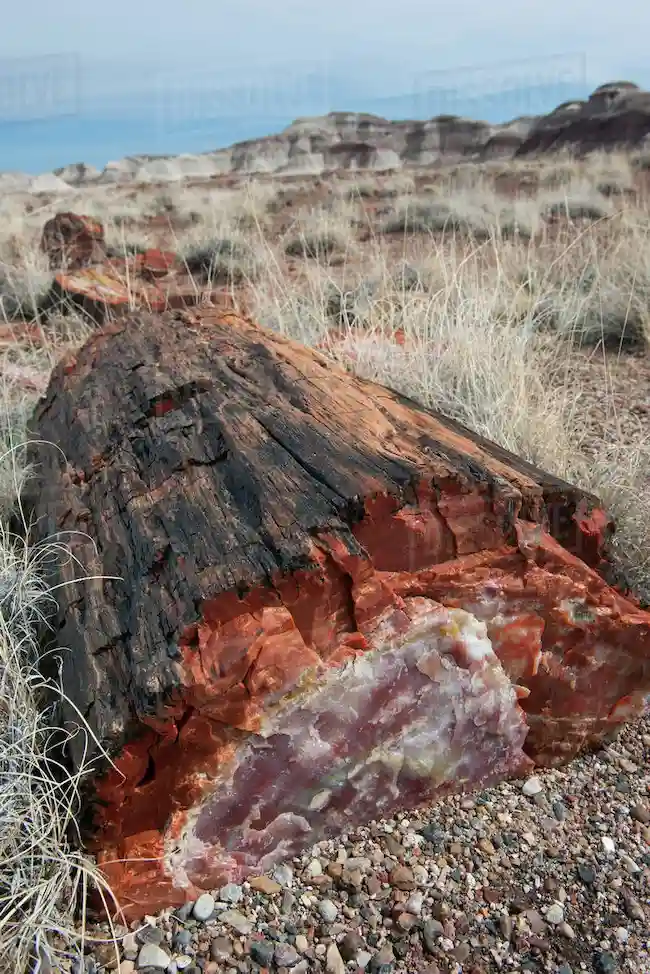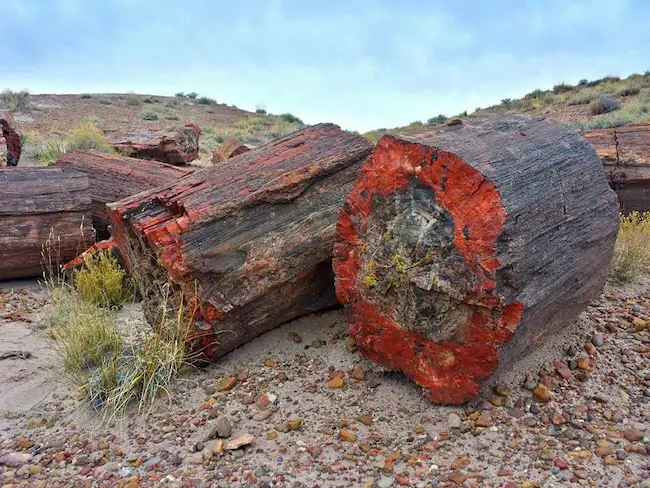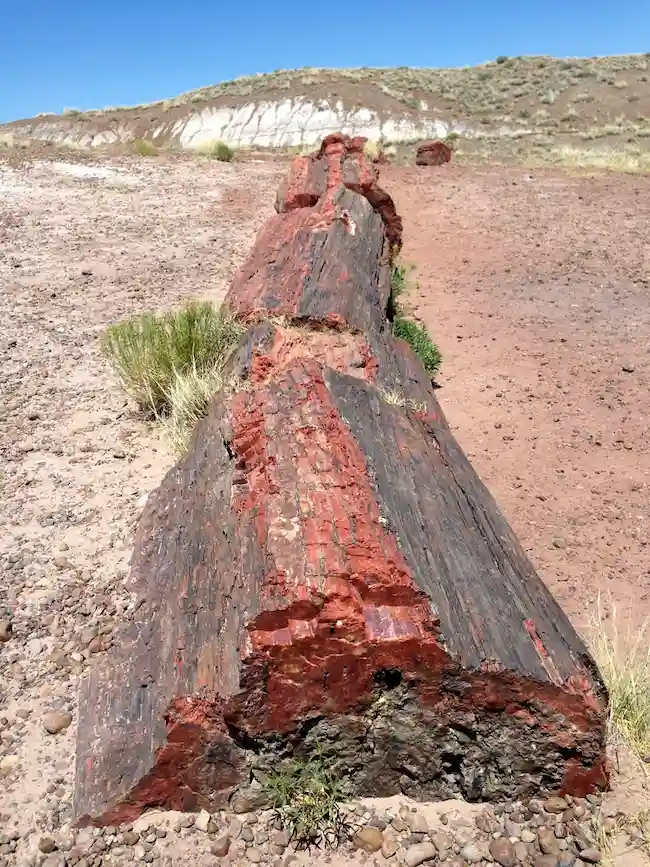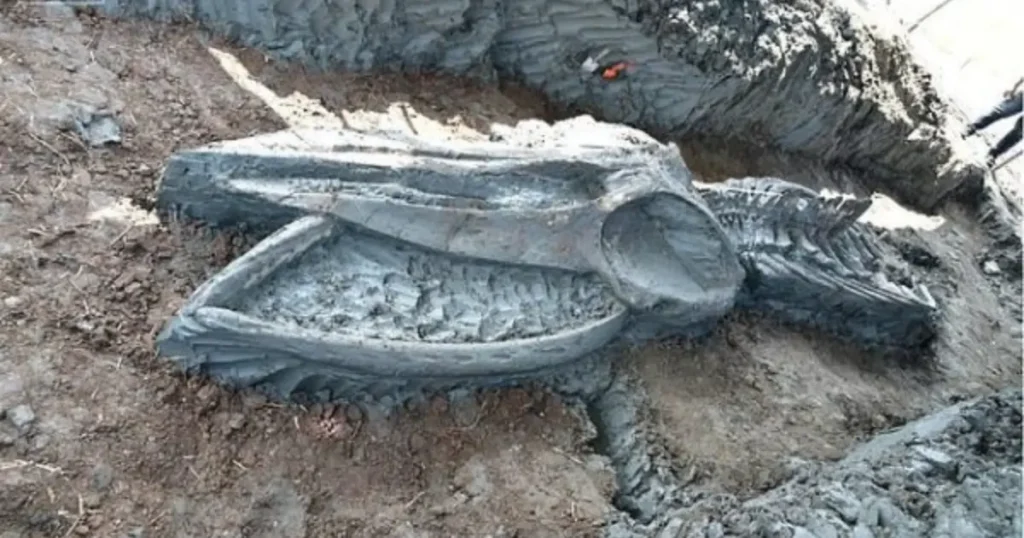Arizona is often associated with scorching heat, wind-swept deserts, and a landscape that can be unforgiving to those who dare venture into its barren expanse. The state has played host to numerous Hollywood westerns over the years, as people sought to make their fortunes in the west through silver mining and other entrepreneurial pursuits. The image of Arizona is synonymous with the spirit of American individualism and adventure.

But there’s another side to the state that’s less well known – its lush and verdant past. Millions of years ago, Arizona was covered in lush, subtropical forests that would have been the envy of any gardener. Today, these ancient forests are preserved in the Petrified Forest National Park in the northeastern part of the state.

The Petrified Forest is a natural wonder that draws tourists from all over the world and is a rich source of research material for scientists. The park covers an area of 150 square miles, situated at an elevation of over 5,000 feet, and today is home to desert plants such as grasses and cacti.
225 million years ago, Arizona was adjacent to a sea and was constantly battered by volcanic eruptions that sent ash raining down on the region. The ash-filled groundwater eventually flowed into the subtropical forests, and over time, the wood absorbed silica through a process known as “capillary attraction”. This allowed the wood to petrify and fossilize, preserving the once-lush forest for millions of years.
What’s inside the petrified trees is equally intriguing. In one trunk, scientists found opal, a semi-precious stone often used in jewelry. The opal-filled trunk, discovered in March 2020, was a rare and striking find.
In addition to petrified trees, the park is home to other fossils, including dinosaurs, lizards, snails, and even crocodiles, that once roamed the area. The fossilized wood is a veritable treasure trove for scientists, archaeologists, and other experts looking to understand what the landscape once looked like and how it evolved over time.

As the plant substance in the petrified trees was replaced by minerals such as pyrite and silica, the latter of which eventually crystallized into quartz, the interiors of the trees were transformed into a rainbow of colors. Over time, the addition of other minerals gave the petrified wood an even more striking and beautiful appearance.
The Petrified Forest National Park is considered to be the largest and most-visited petrified forest in the world, and it continues to captivate visitors with its stunning array of natural wonders. Whether you’re a scientist, tourist, or just someone looking for a closer look at Arizona’s landscape, this park offers a fascinating glimpse into the natural processes that shape our world and the incredible beauty that can result from them.
“The Petrified Forest is a testament to the power of minerals and water to transform the natural world,” says Dr. Sarah Williams, a geologist at Arizona State University. “What was once a lush, subtropical forest is now a stunning display of the beauty that can result from millions of years of geological processes.”
“Visiting the Petrified Forest is a journey back in time, to a landscape that’s vastly different from the one we see today,” adds park ranger John Doe. “It’s a chance to see what Arizona was like millions of years ago and to be reminded of how nature constantly changes and evolves over time.”
Whether you’re a scientist, tourist, or just someone looking to escape the hustle and bustle of everyday life, the Petrified Forest National Park is a must-visit destination that offers a unique and unforgettable experience.

